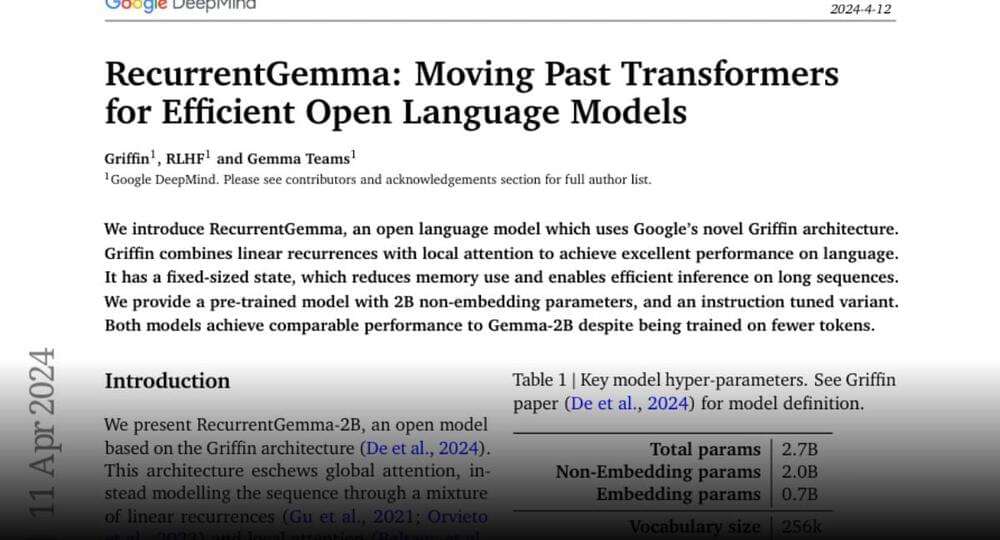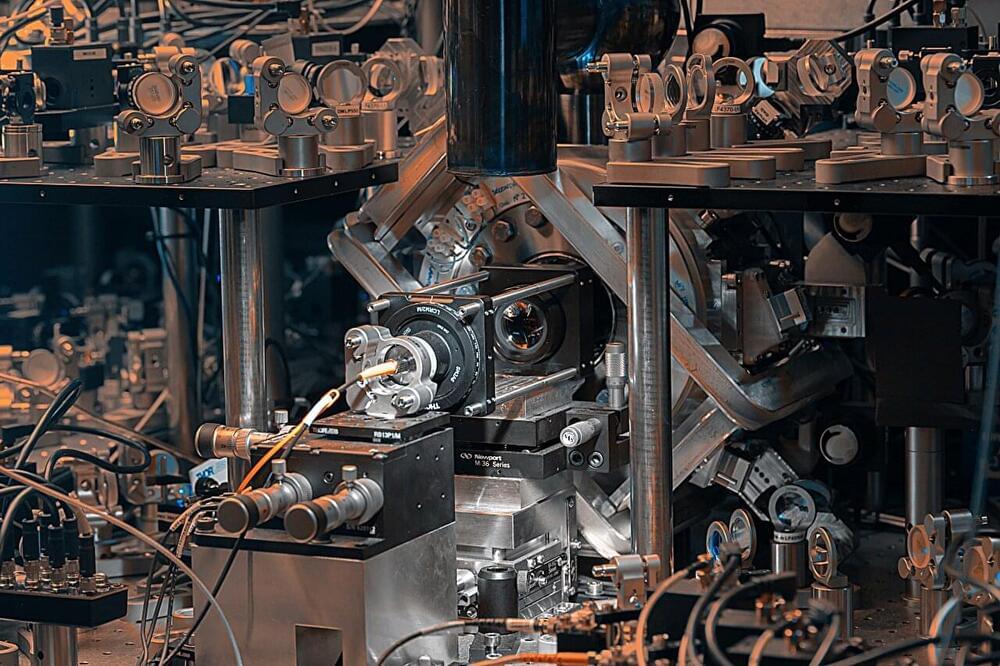AI has come to the hiring process — and it’s made those mandatory personality tests all the weirder.
As 404 Media reports, companies as disparate as McDonald’s, Olive Garden, and FedEx are now requiring that job applicants take personality evaluations, which are then sorted by an AI system whose operations are cloudy at best.
The aforementioned companies are all contracted with Paradox.ai, a “conversational recruiting software” company whose strange personality assessments include images of blue-skinned humanoid aliens that applicants are, apparently, supposed to identify with.


